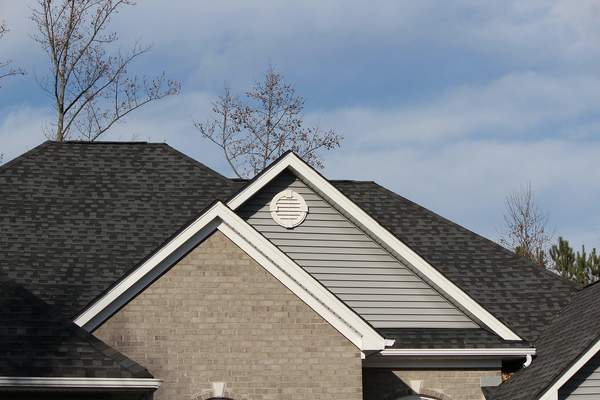Buying a home is a significant investment, and ensuring the roof’s integrity is crucial for protecting that investment. A roof inspection often reveals hidden issues that can lead to costly repairs if left unchecked. As experienced home inspection professionals, we understand the critical aspects to examine during a roof inspection, ensuring your potential home is safe and sound.
Visual Inspection of Roof Coverings
The first step in a roof inspection is a thorough visual examination of the roof coverings. This includes looking for:
- Shingle Condition: Check for missing, cracked, or curling shingles. Damaged shingles can lead to leaks and water damage.
- Debris Accumulation: Ensure the roof is free from debris, such as leaves or branches, which can trap moisture and cause rot.
- Flashing Integrity: Examine the flashing around chimneys, vents, and skylights for rust or damage, as these are common areas for leaks.
Structural Components and Ventilation
Beyond the surface, it’s vital to assess the roof’s structural components:
- Roof Decking: Inspect for signs of rot or sagging, which can indicate underlying structural issues.
- Ventilation: Proper attic ventilation is crucial to prevent moisture buildup and prolong the roof’s lifespan. Check for adequate intake and exhaust vents.
Gutter and Drainage Systems
Gutters and downspouts play a critical role in directing water away from the roof and foundation. During an inspection:
- Ensure gutters are securely attached and free from debris that could cause blockages.
- Confirm that downspouts are directing water at least six feet away from the home’s foundation.
In conclusion, a comprehensive roof inspection can safeguard your home investment by identifying potential problems early. Consider hiring a professional home inspector to ensure a thorough evaluation, providing peace of mind and protecting your future home from unexpected repairs.

